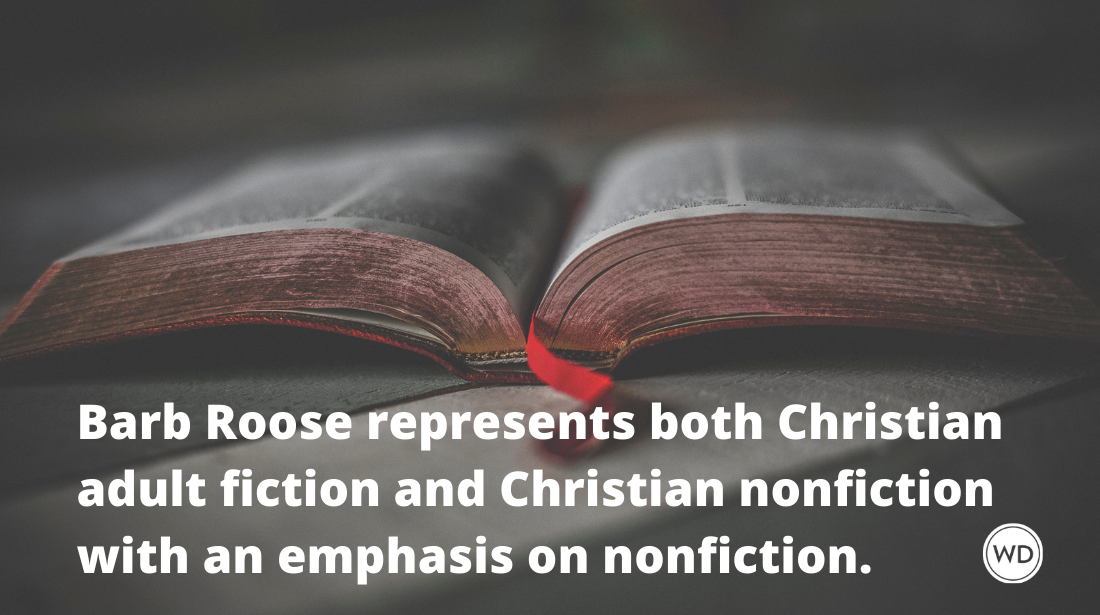On a Positive Note: 5 Ways To Get Good Revision Notes From Others
Nora Zelevansky, freelance writer and author of the women’s fiction novel SEMI-CHARMED LIFE, explains 5 ways to get good revision notes from other writers.
When it comes to feedback on fiction projects, I have a favorite type of revision note that I like to receive. (That’s not hard to distinguish since most make me want to lie down or scream, “WHY???”)
I like the super specific ones that correct details that I missed and teach me something: For instance, when I was polishing my debut novel Semi-Charmed Life last year, I alluded to Short Hills Mall in New Jersey in backstory for some characters. After reading a draft of my manuscript, a friend from The Garden State explained that the shopping center was too upscale for my purposes; I needed to reference Paramus instead. Who knew?
Order a copy of Nora Zelevansky's Semi-Charmed Life today.
In reference to an instance in my second book, which I’m working on right now, that same friend explained that a bad baseball player (like me, clearly) would be stuck in right, not left, field. About flowers in a character’s bedroom, another reader informed me that most daffodils don’t have scents.
Getting these random details right can make the difference between a story ringing true or false. And the changes are simple to implement.
It’s not always that easy: As a freelance journalist by day, I’m accustomed to incorporating lots of feedback, but, with more personal passion projects, it’s harder to tell the difference between good and bad notes. Defensiveness and preciousness can make a helpful suggestion seem unduly negative; insecurity can make a bad note seem good. And the last thing any of us wants is to make a piece worse. So, with that in mind, I have a few methods by which I try to differentiate the good from the bad:
1. Choose Readers of All Shapes & Sizes:
If you were to ask me and three other women my age, in my Brooklyn neighborhood, the same question, you’d likely garner similar answers: Yes, we do watch "Girls," read Gail Collins’ column in The New York Times and feel a little sick of yoga and kale (though we still like them!). No, we don’t eat Marmite, believe in Voodoo or, according to recent post-Oscar articles, find Anne Hathaway that likable (though we loved her in Les Mis!).
For variation, I think it’s important to tap readers of different demographics (ages, backgrounds, genders) with discordant interests and tastes. Not only does that guarantee you more insightful notes, but, if you get the same note from dissimilar people, you know they’ve picked up on a legitimate issue that needs work.
2. Careful Who You Ask:
The above does not mean that you should ask just anyone to give you feedback. It’s really important to rely on people whose opinions you trust (seems obvious, but it’s easy to make the error) and who don’t have baggage about you or writing in general. Complicated relationships can be just fine in life, but they’re not a good basis for exchanging notes. Make sure you rely on friends or fellow writers from whom you can comfortably take criticism and not “frenemies” or critical family members.
3. Trust Your Gut:
Sometimes you get a note and, whether you like it or not, you just know it’s right. You know what I mean: You find yourself nodding along before the person even finishes describing the problem, almost as if—in your heart of hearts—you knew there was an issue all along and you’re being called out. In my experience, that means that you’ve just been given good, solid feedback. And, in the best moments, that leads almost immediately to an idea for a fix.
4. Let Them Sit:
Don’t rush into implementing notes. Sometimes, instead of being exhausted by the prospect of the work, I get anxious and want to jump right in, stay up all night and fix everything instantly. This is not ideal. It’s better to let the ideas settle for a moment. Inevitably, over the course of 24 hours, you’ll have some new workable ideas.
5. Test It Out:
If you aren’t sure, give it a whirl—try implementing the notes. But don’t, under any circumstances, throw out the old version. When I’m editing a novel, I not only start a new draft or version each round, but I keep another document open simultaneously called “CUT from ...”. While I’m chopping away, I copy and paste any sections I feel conflicted about letting go. That way, I can always bring them back. Knowing that makes me feel safe to cut freely too, which is helpful. And, usually, the writing is better for it!
Mostly importantly, try not to scream at, dismiss, attack or otherwise insult your manuscript readers, even when they deliver what you think is a “bad” note. (My husband is also a writer, so we have both been guilty of at least three of the above—okay, maybe four.) Reading a manuscript—or even an essay—can be time consuming and you do need help. So, just say “Thank you!” and walk away. You can whip out the Voodoo dolls later.
Nora Zelevansky is a Brooklyn-based author and journalist who also spent years in L.A. Her debut, SEMI-CHARMED LIFE (St. Martin's Press, 2012) is a coming of age novel and comedic social satire about the spiraling out of a directionless twentysomething raised by quirky intelligentsia on Manhattan's Upper West Side. Zelevansky's lifestyle features, humor essays and cultural critiques have appeared in ELLE,Town & Country, Self Magazine, Vanity Fair, and more. Find her on Facebook and on Twitter.







